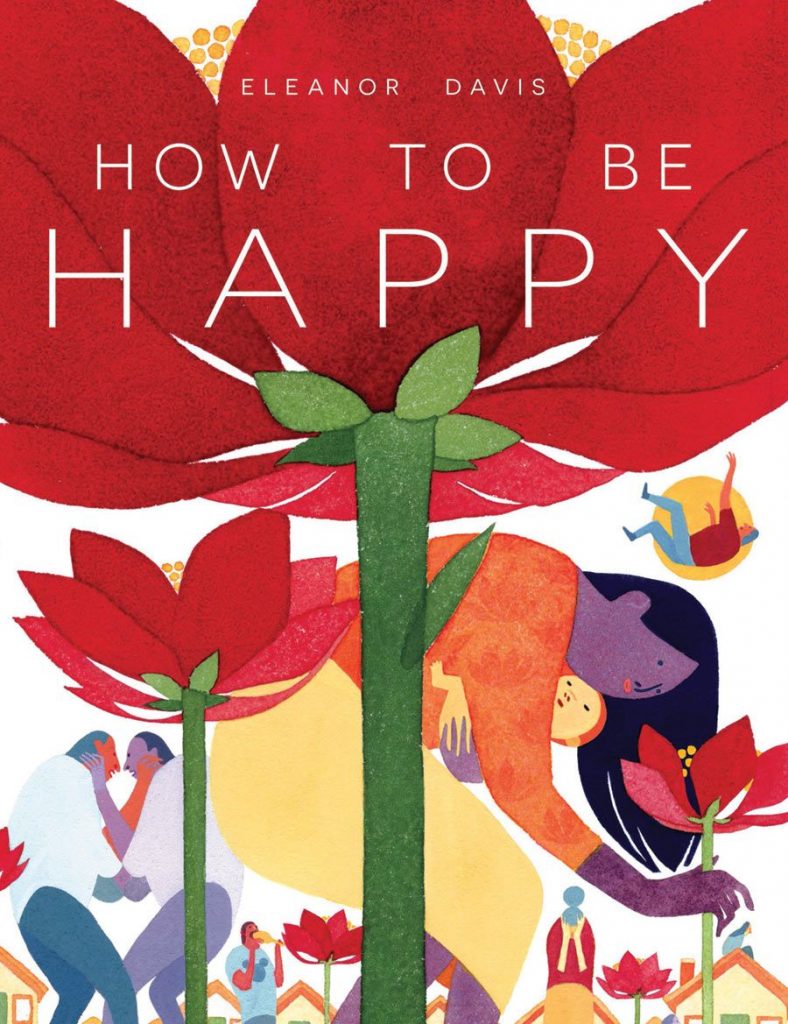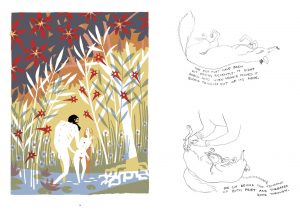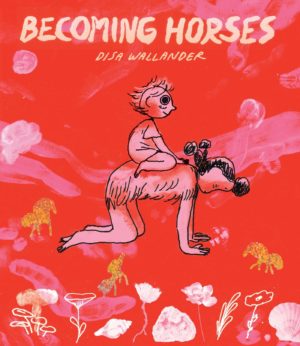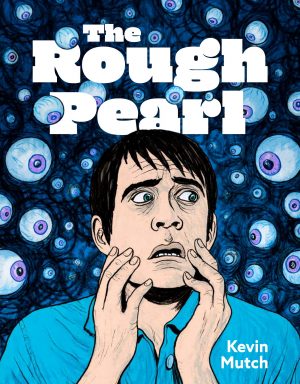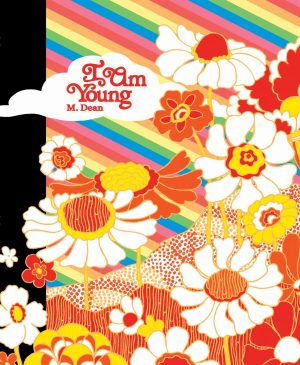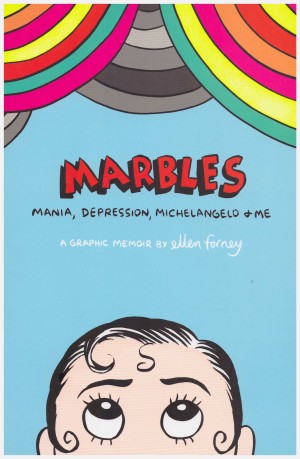Review by Woodrow Phoenix
On the first page of How to be Happy, a loosely cartooned woman sits staring out at the reader. “Write a story,” she says. “A story about yourself. A story about your life. Now, believe it.” She looks down. “Now write another story, same subject. A better story. More interesting. Stronger characters. Now, believe that.” The woman turns away. “Just keep writing. You have plenty of time.” Is this encouraging? Threatening? Depressing? Promising? Your response probably depends on your point of view. That ambiguity is a good introduction to the collection of short stories that follow. They vary in style and length from one or two-page vignettes to longer fantasy or science-fiction narratives. None of them are conventionally story shaped with conclusive beginnings and endings. They all seem to open in the middle of something, move the characters along a little bit and then leave us and them still in the middle of something, just a little further along from where we came in.
Eleanor Davis has a beautifully graphic drawing style, arranging the elements of her pictures in striking compositions bolstered by unusual colour choices. Her rounded, chunky and powerful characters bend and stretch through fields of colours and shapes. In some stories they are blocky areas of stark black and white, and in others they are very simply outlined in gestural drawings made from observation. This variety of techniques gives How to be Happy an appealing, unpredictable energy with each strip looking different from the one before. Not everything works; the obviously older pieces are stiff, with less of the style, wit and strange observations that surprise and discomfit in the newer pieces. What they all share is an interest in the body. This book explores the human form as a repository of emotions and sensations, what it feels like to experience them and how we try to deal with them, to control our bodies or give into them.
This is in no way a self-help book, as Davis warns us in her author’s note. It’s a collection of questions, investigations and jokes, delivered in a variety of interesting styles. The result is a kind of progress report, a quirky illustrated look at aspects of modern life that will prompt you to pay closer attention to those details yourself. You can also find Davis using her graphic toolkit to craft a powerful set of observations in the travelogue You & a Bike & a Road.
